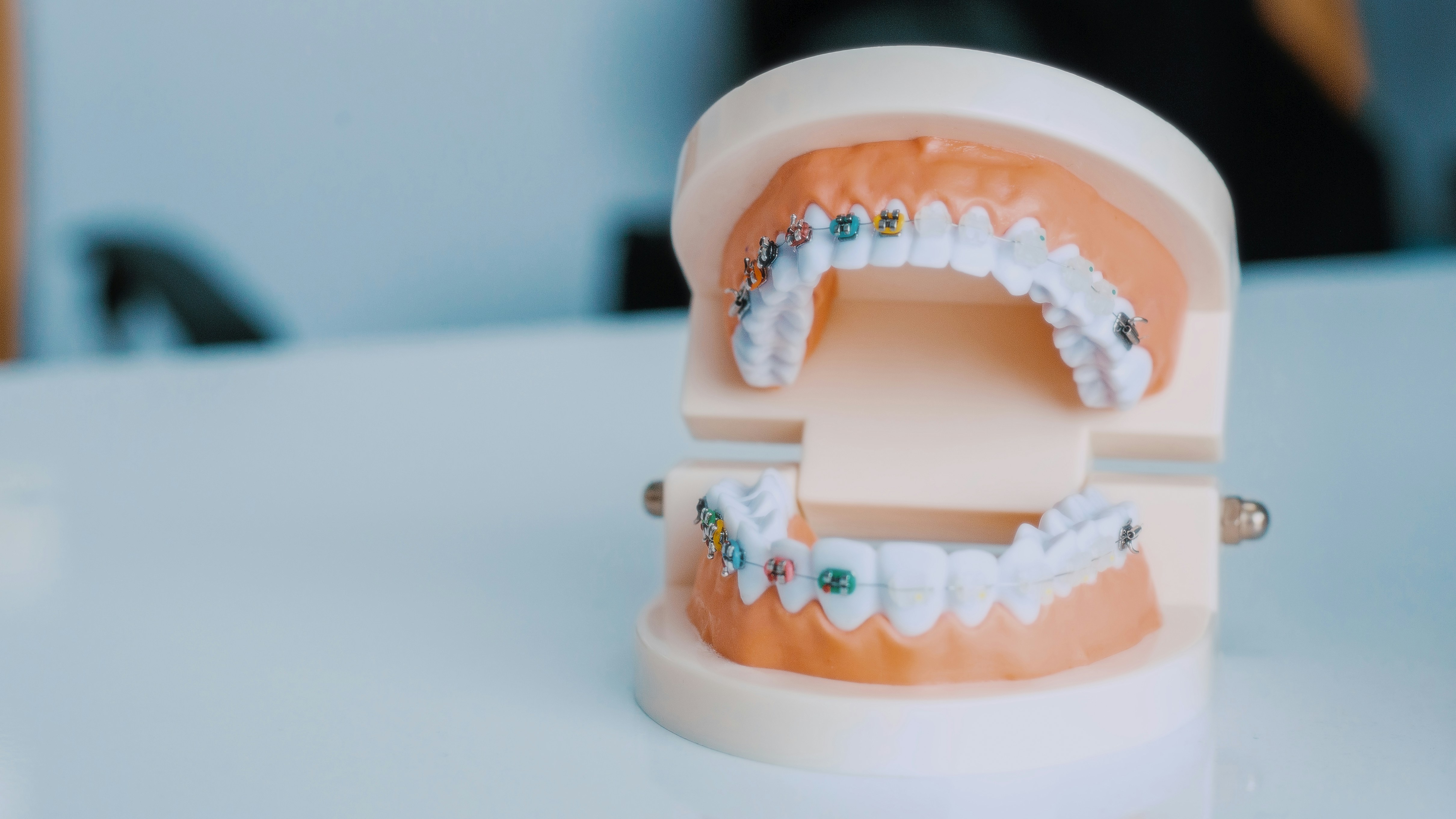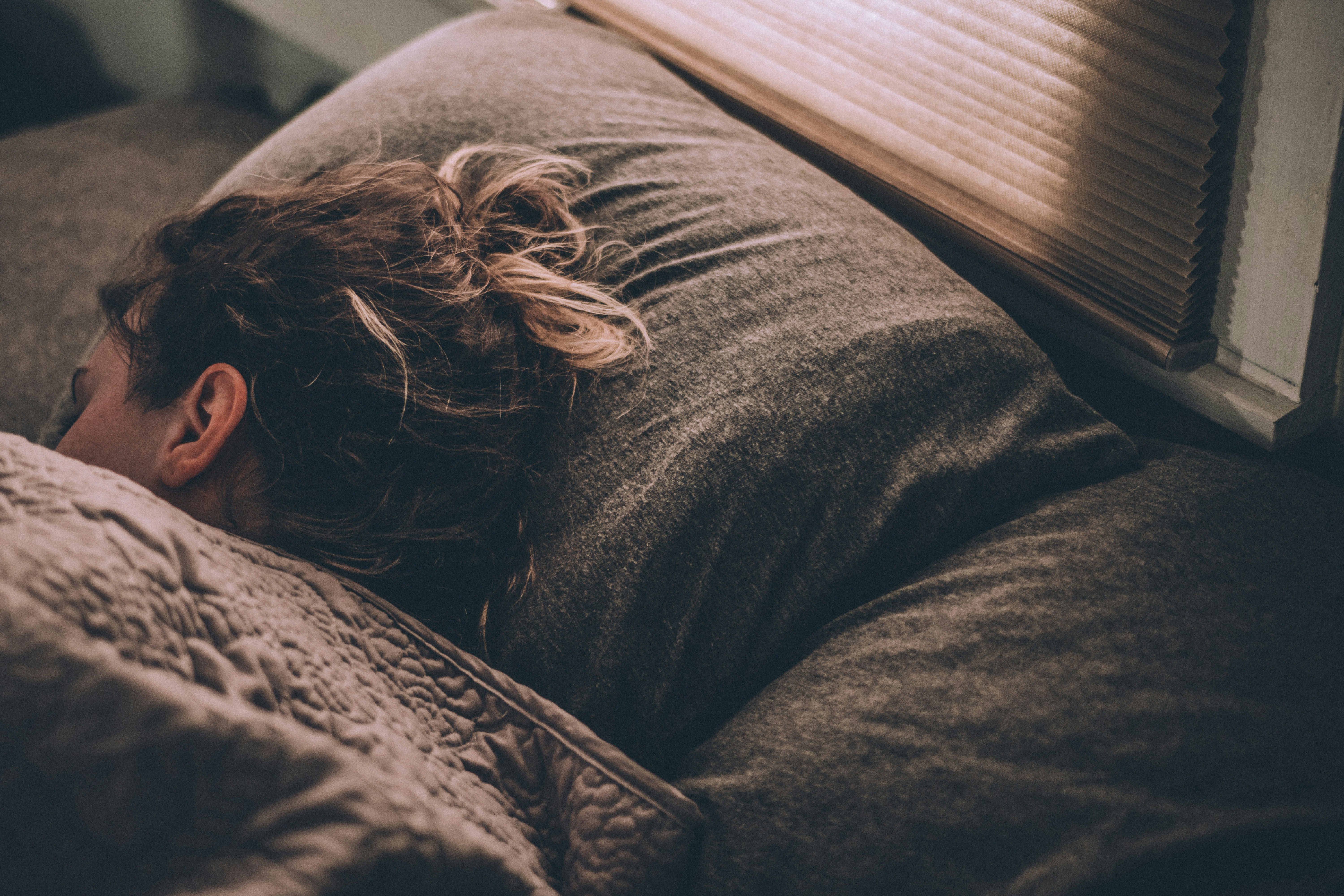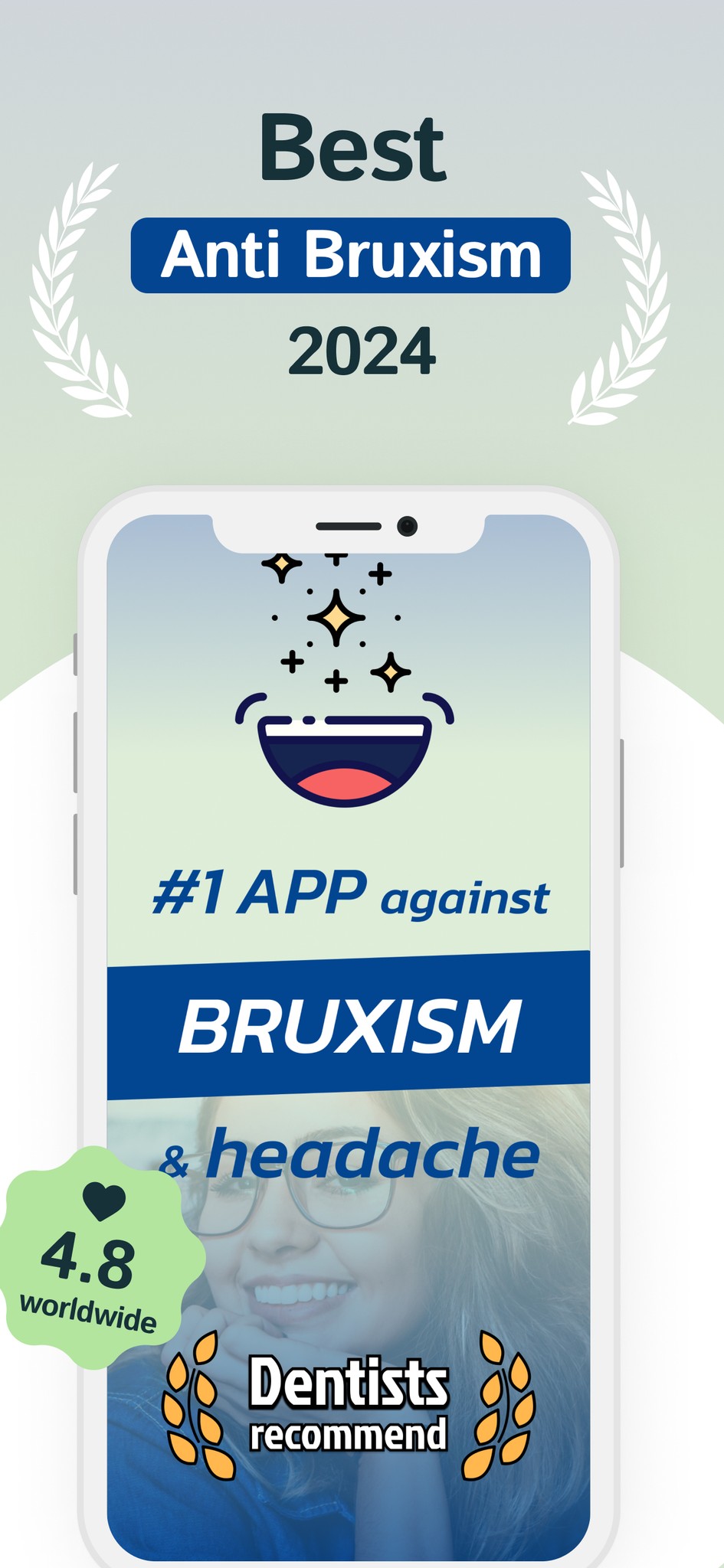
11 nov. 2024
The Impact of Jaw Alignment on Bruxism: What You Need to Know
The Importance of a Healthy Sleep Environment in Managing Bruxism
Creating a conducive sleep environment is crucial for anyone struggling with bruxism. Poor sleep quality can exacerbate teeth grinding, making it essential to understand how to optimize your sleeping conditions. This article will discuss the elements of a healthy sleep environment and how the Bruxism+ app can support your efforts to reduce bruxism.
How Sleep Environment Affects Bruxism
Your sleep environment directly impacts your quality of rest. Factors such as noise, light, temperature, and comfort can influence your ability to fall asleep and stay asleep. Inadequate sleep can lead to increased stress and tension, which are significant contributors to bruxism.
Key Elements of a Healthy Sleep Environment
1. Comfortable Mattress and Pillows
Investing in a high-quality mattress and supportive pillows can significantly improve your sleep quality. A comfortable sleep surface helps reduce body tension, making it less likely for you to grind your teeth during the night.
2. Control Noise Levels
External noises can disrupt your sleep and contribute to stress. Consider using earplugs, white noise machines, or calming sounds to create a quieter atmosphere, promoting a more restful night.
3. Optimal Lighting Conditions
Exposure to bright lights before bedtime can interfere with your body’s natural sleep-wake cycle. Ensure your bedroom is dark by using blackout curtains or sleep masks. Dim the lights in the hour leading up to sleep to signal your body that it’s time to wind down.
4. Maintain a Comfortable Temperature
Finding the right temperature for sleep can vary from person to person. Generally, a cooler room is conducive to better sleep. Experiment with your thermostat settings, bedding, and sleepwear to discover what helps you feel most comfortable.
5. Utilize the Bruxism+ App
The Bruxism+ app can help you track your sleep patterns and identify factors contributing to bruxism. With features that include sleep logging and relaxation techniques, the app encourages healthier sleep habits. Use it to set reminders for bedtime routines that promote relaxation before sleep.
Conclusion
A healthy sleep environment plays a crucial role in managing bruxism. By focusing on comfort, noise control, optimal lighting, and temperature, you can create an atmosphere that promotes restful sleep. The Bruxism+ app can be a valuable tool in this process, helping you develop habits that improve your sleep quality and reduce teeth grinding. Take steps today to optimize your sleep environment and protect your dental health.
The Importance of a Healthy Sleep Environment in Managing Bruxism
Creating a conducive sleep environment is crucial for anyone struggling with bruxism. Poor sleep quality can exacerbate teeth grinding, making it essential to understand how to optimize your sleeping conditions. This article will discuss the elements of a healthy sleep environment and how the Bruxism+ app can support your efforts to reduce bruxism.
How Sleep Environment Affects Bruxism
Your sleep environment directly impacts your quality of rest. Factors such as noise, light, temperature, and comfort can influence your ability to fall asleep and stay asleep. Inadequate sleep can lead to increased stress and tension, which are significant contributors to bruxism.
Key Elements of a Healthy Sleep Environment
1. Comfortable Mattress and Pillows
Investing in a high-quality mattress and supportive pillows can significantly improve your sleep quality. A comfortable sleep surface helps reduce body tension, making it less likely for you to grind your teeth during the night.
2. Control Noise Levels
External noises can disrupt your sleep and contribute to stress. Consider using earplugs, white noise machines, or calming sounds to create a quieter atmosphere, promoting a more restful night.
3. Optimal Lighting Conditions
Exposure to bright lights before bedtime can interfere with your body’s natural sleep-wake cycle. Ensure your bedroom is dark by using blackout curtains or sleep masks. Dim the lights in the hour leading up to sleep to signal your body that it’s time to wind down.
4. Maintain a Comfortable Temperature
Finding the right temperature for sleep can vary from person to person. Generally, a cooler room is conducive to better sleep. Experiment with your thermostat settings, bedding, and sleepwear to discover what helps you feel most comfortable.
5. Utilize the Bruxism+ App
The Bruxism+ app can help you track your sleep patterns and identify factors contributing to bruxism. With features that include sleep logging and relaxation techniques, the app encourages healthier sleep habits. Use it to set reminders for bedtime routines that promote relaxation before sleep.
Conclusion
A healthy sleep environment plays a crucial role in managing bruxism. By focusing on comfort, noise control, optimal lighting, and temperature, you can create an atmosphere that promotes restful sleep. The Bruxism+ app can be a valuable tool in this process, helping you develop habits that improve your sleep quality and reduce teeth grinding. Take steps today to optimize your sleep environment and protect your dental health.
The Importance of a Healthy Sleep Environment in Managing Bruxism
Creating a conducive sleep environment is crucial for anyone struggling with bruxism. Poor sleep quality can exacerbate teeth grinding, making it essential to understand how to optimize your sleeping conditions. This article will discuss the elements of a healthy sleep environment and how the Bruxism+ app can support your efforts to reduce bruxism.
How Sleep Environment Affects Bruxism
Your sleep environment directly impacts your quality of rest. Factors such as noise, light, temperature, and comfort can influence your ability to fall asleep and stay asleep. Inadequate sleep can lead to increased stress and tension, which are significant contributors to bruxism.
Key Elements of a Healthy Sleep Environment
1. Comfortable Mattress and Pillows
Investing in a high-quality mattress and supportive pillows can significantly improve your sleep quality. A comfortable sleep surface helps reduce body tension, making it less likely for you to grind your teeth during the night.
2. Control Noise Levels
External noises can disrupt your sleep and contribute to stress. Consider using earplugs, white noise machines, or calming sounds to create a quieter atmosphere, promoting a more restful night.
3. Optimal Lighting Conditions
Exposure to bright lights before bedtime can interfere with your body’s natural sleep-wake cycle. Ensure your bedroom is dark by using blackout curtains or sleep masks. Dim the lights in the hour leading up to sleep to signal your body that it’s time to wind down.
4. Maintain a Comfortable Temperature
Finding the right temperature for sleep can vary from person to person. Generally, a cooler room is conducive to better sleep. Experiment with your thermostat settings, bedding, and sleepwear to discover what helps you feel most comfortable.
5. Utilize the Bruxism+ App
The Bruxism+ app can help you track your sleep patterns and identify factors contributing to bruxism. With features that include sleep logging and relaxation techniques, the app encourages healthier sleep habits. Use it to set reminders for bedtime routines that promote relaxation before sleep.
Conclusion
A healthy sleep environment plays a crucial role in managing bruxism. By focusing on comfort, noise control, optimal lighting, and temperature, you can create an atmosphere that promotes restful sleep. The Bruxism+ app can be a valuable tool in this process, helping you develop habits that improve your sleep quality and reduce teeth grinding. Take steps today to optimize your sleep environment and protect your dental health.
Nos dernières histoires :


15 nov. 2024
Dietary Changes That May Help Reduce Bruxism Symptoms


11 nov. 2024
The Impact of Jaw Alignment on Bruxism: What You Need to Know


8 nov. 2024
Comprendre l'apnée du sommeil et son lien avec le bruxisme
Voir tous les posts
Médias sociaux
Médias sociaux
Médias sociaux


